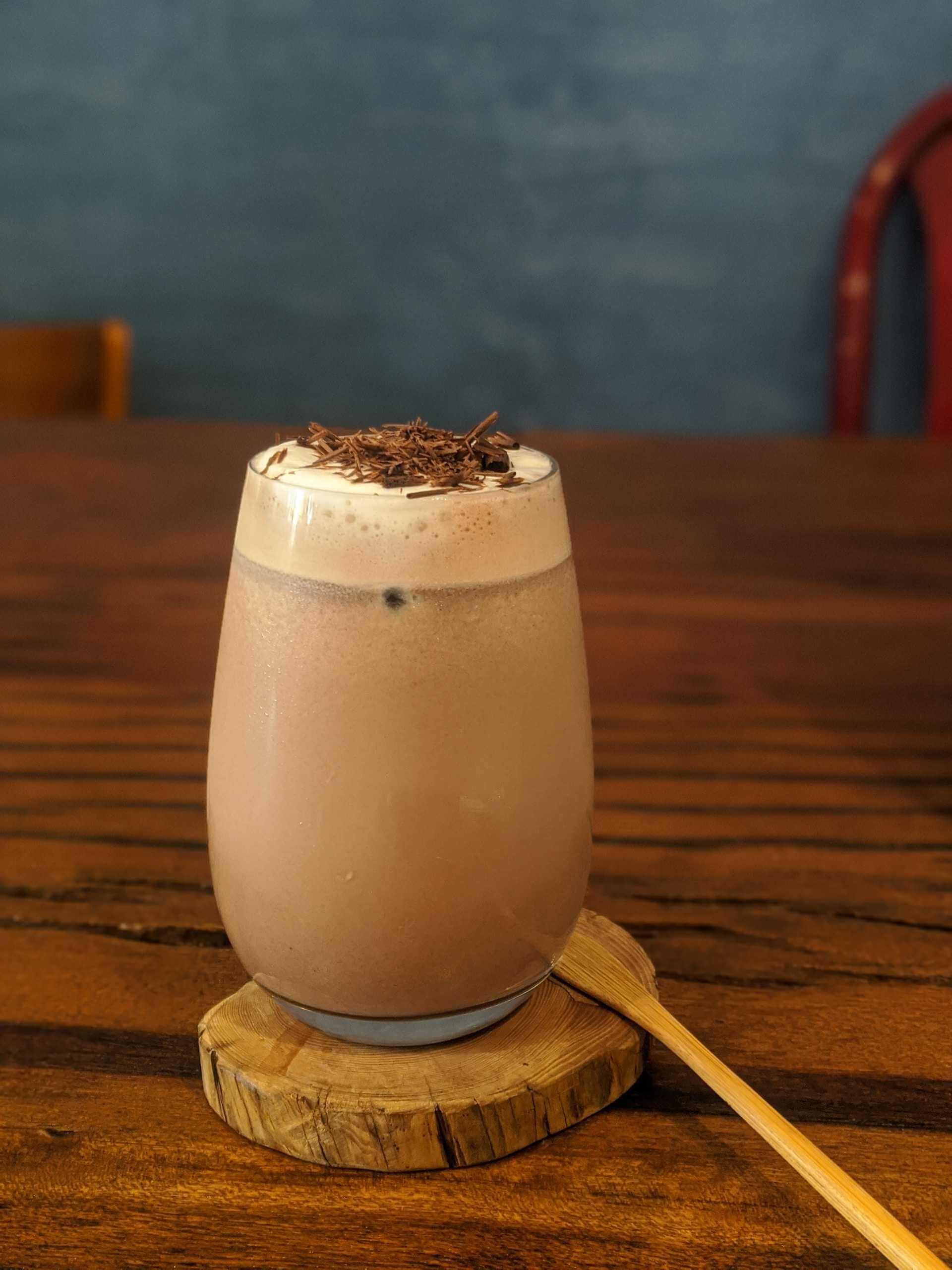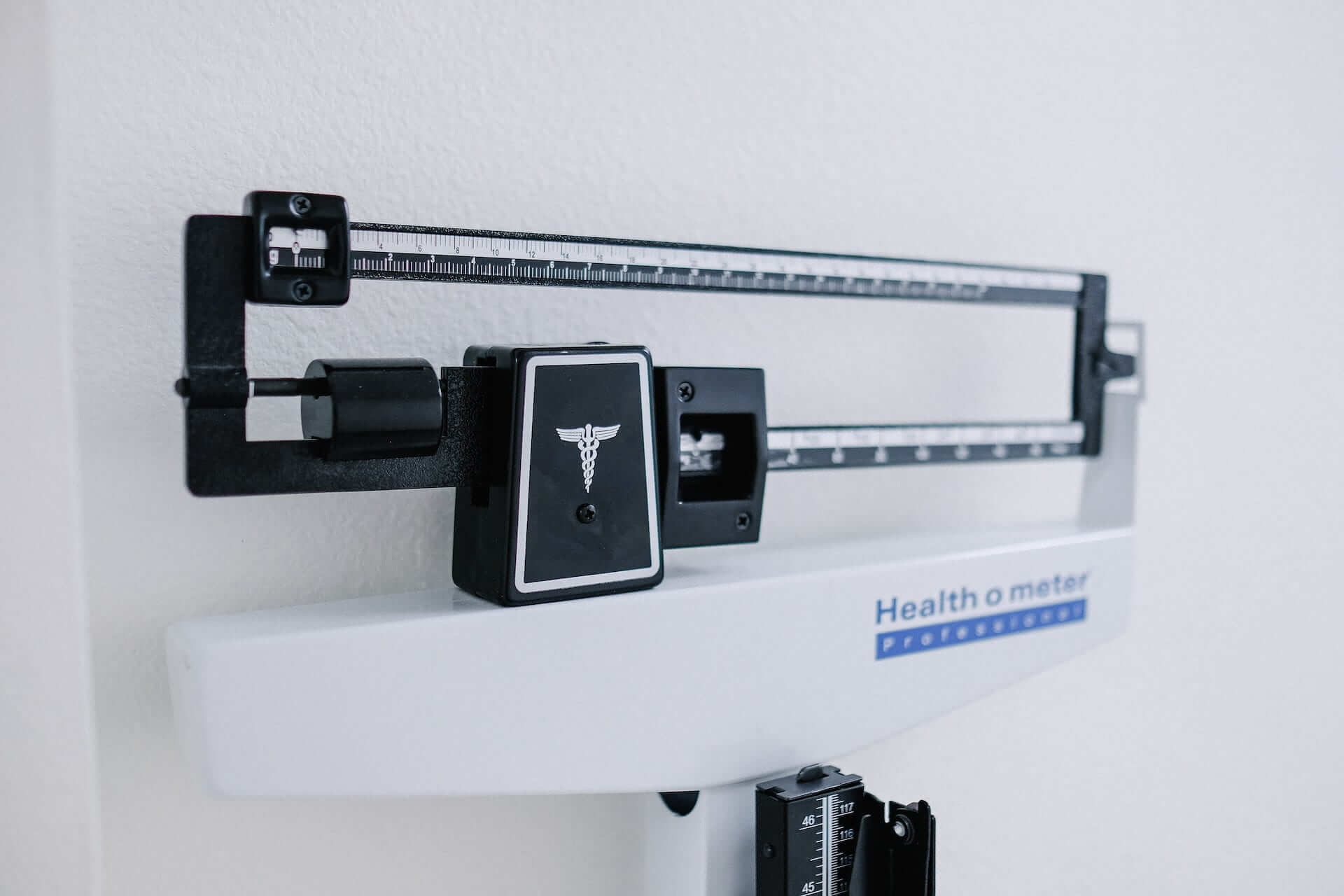Muscles experience small microtears during a workout due to the excessive loads and stressors placed upon them. This is normal and leads to building muscle mass and strength as new tissues form. However, we need to allow proper recovery to make enough healthy muscle tissue. This recovery must occur between sets, between exercises, and between workouts to reduce the risk of injury and reach muscle-building goals.
It takes one to five days for muscles to recover fully. During this time, muscles make new tissue, remove toxins, and store more nutrients (i.e., water and glycogen) for the next workout. This recovery time depends on many factors, including age, gender, type of exercise, experience, etc. Recovery time is also influenced by the specific parameters of a workout (i.e., intensity, volume, duration) and lifestyle factors (i.e., diet, alcohol, tobacco).
For example, the type of exercise can greatly affect how sore we are afterward and how long it will take for the muscles to recover and replenish. Research shows that eccentric exercises (i.e., nordic hamstring curls), single joint exercises (i.e., bicep curl), and upper body exercises produce the greatest muscle damage and soreness1. However, with more exposure to these types of workouts, the less sore you will become, and the less time you will need to recover between sessions. This is known as the “Repeated Bout Effect.”1
You can improve recovery time and reduce prolonged soreness in many ways, such as getting high-quality sleep and eating a well-balanced diet. This article dives into the what, why, and how of muscle building and muscle recovery (both during and after a workout) with ideas for what to eat, drink, and do for success.
{{mid-cta}}
How Long Should You Rest Between Sets?
There are crucial things to focus on before and after your workout to recover properly; however, let’s first focus on what you should do during your workout. Muscles can only grow if you give them the right stimuli (i.e., strength training) while allowing for sufficient recovery time between sets to ensure your muscles are ready for another round. Research supports using shorter rest periods (30-60 seconds) for proper recovery if your goal is to work on muscular endurance while using longer rest periods (two to five minutes) if your goal is to improve muscle hypertrophy, strength, and power.2,3 Remember, strength training has tons of benefits outside of growing muscle, including increasing metabolism, weight loss, and reducing blood sugar levels.
How Long Does It Take to See Results When Working Out?
The amount of time it takes to see results depends on your goals, the type of exercise, demographic information, other lifestyle habits, and sleep. Most individuals who lift weights at least three to four days a week will start to see improvements in their strength within approximately four to six weeks. Within this time, you are likely picking up slightly heavier weights to perform exercises, or a complex movement is becoming less challenging (especially exercises involving balance). This is due to changes in the neuromuscular system, meaning your nerves are firing faster and more efficiently to your muscles. However, your cardiovascular system takes slightly longer to show significant changes, typically seen within 8-12 weeks of moderate to high-intensity exercise for at least 30 minutes, three to five days a week.4,5
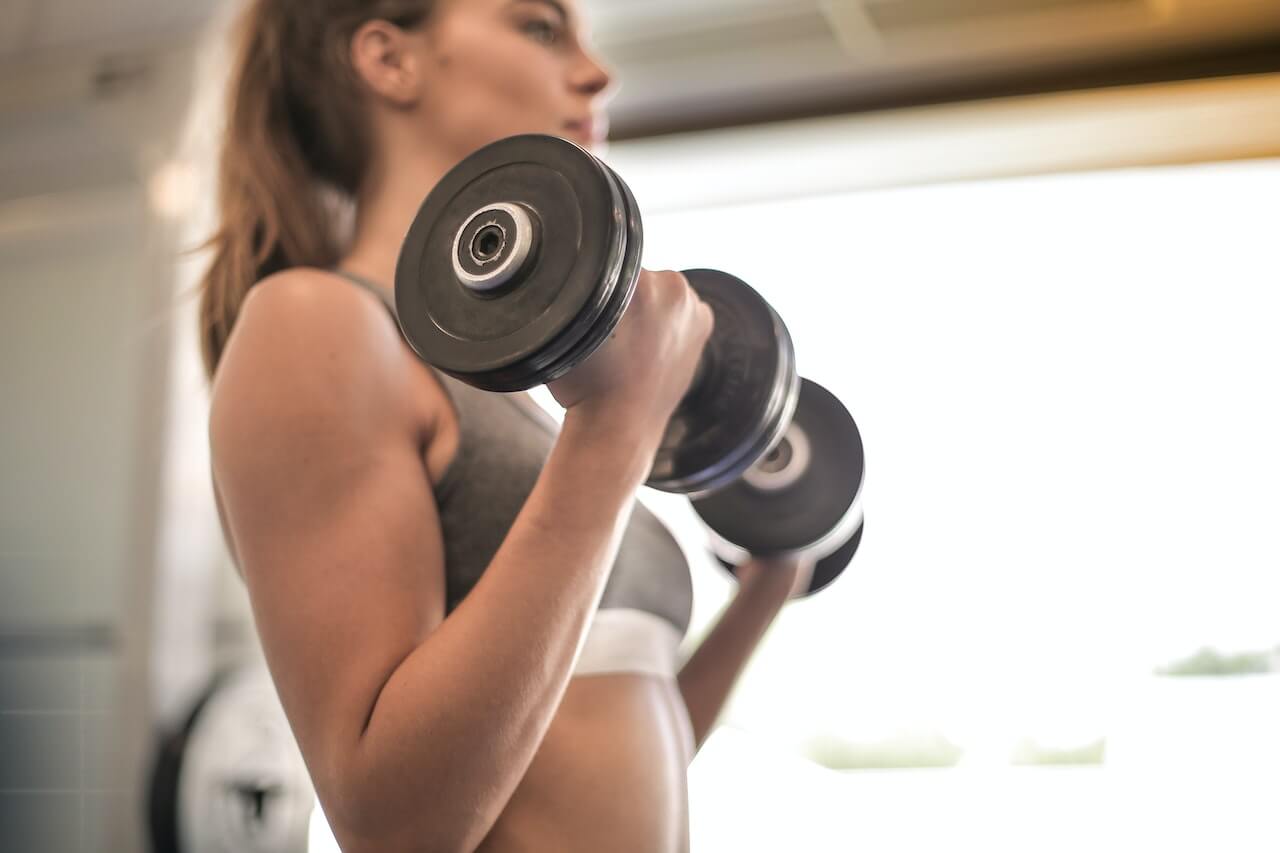
How Long Does it Take to Build Muscle?
The improvements in strength occur first because of increased nerve input to your muscles; however, it takes a little longer for you to see a change in muscle growth (a.k.a. hypertrophy). After a weight lifting session, you may notice “growth” of your muscles immediately afterward. This is called a “muscle pump” and is not the true growth of muscle tissue. Rather, the increase in blood flow, localized swelling, and lactate have built up in your tissues, causing them to feel “swole.” You will start noticing true muscle mass increases after six to eight weeks of consistently engaging in a strength training program.4,6 Remember that these numbers are an approximation, and how long it takes you to see improvements or changes could be different. Stay consistent, stay patient, and trust the process. Doing just one to two extra repetitions of an exercise is an improvement too! Celebrate the small victories as much as the big ones.
Does Soreness Mean Muscle Growth?
During this process of muscle growth and strength building, you may experience delayed onset muscle soreness (DOMS). This can happen anytime within 24-72 hours after workouts and last one to three days on average. The soreness indicates many things but can be a sign of lactate production and swelling in your muscle tissue due to the induced micro-tears that occur with intense exercise. However, it can also indicate external factors such as stress, dehydration, poor recovery nutrition, or poor sleep. This soreness is normal; however, it is not always necessary when trying to build muscle, and it may be a sign that you are not recovering properly.7 Don’t be too sad if you are not sore after a workout; this may indicate that you are recovering properly and doing it right! Your muscles will still grow and get stronger regardless of soreness.
Foods for Muscle Recovery
Pre-Workout Protein
To reduce unnecessary muscle soreness and build strong muscles, consume at least 20-40 grams of protein before a workout and a daily target of 0.5-0.8 grams per pound of body weight (or more for athletes).8,9 Eating protein will also help with body composition and weight loss goals. Some examples of healthy, lean proteins to eat before a workout include:
- Eggs
- Canned tuna
- Greek yogurt
- Lean beef or chicken
- Protein powder (look for a whey or casein variety)
There are a variety of plant-based and animal-based proteins to choose from, so pick one that is right for you and ensure you are getting enough throughout the day!
Post-Workout Carbs and Protein
A well-balanced post-workout snack combines complex carbohydrates and protein for optimum muscle recovery. Muscles store glycogen for energy and utilize protein for building new tissues. Combining these two macronutrients restores your energy stores and repairs damaged muscle. Current recommendations suggest a 2:1 ratio of carbs:protein after a workout.10 Examples of healthy post-workout carbohydrates include:
- White rice
- Potatoes
- Quinoa
- Whole wheat bread
Eating a Whole and Balanced Diet
While there should be a focus on proper pre- and post-workout nutrition, eating a whole and balanced diet throughout the day is also important for recovery, muscle building, weight loss, and blood sugar management. This means:
- Including enough fruits and vegetables
- Reducing the consumption of processed foods
- Eating enough protein (0.5-0.8g per pound of body weight per day)
Drinks for Muscle Recovery
Natural Water
Staying hydrated is one of the essential strategies for muscle recovery, muscle building, and overall health. It is recommended to get at least 16 to 24 ounces of water for every pound lost during exercise.11
Protein Smoothie
Eating a protein-rich smoothie 30-60 minutes after a workout is a fast and easy way to take in the recommended carbohydrates, proteins, and liquids for optimum recovery and healthy nutrition throughout your day. Try these delicious recipes as a post-workout snack or on-the-go breakfast.
Creatine Monohydrate
Creatine has become a popular and highly researched muscle-building, performance, and recovery supplement. Research shows that taking 30 grams per day is a safe and effective for obtaining strength gains while reducing the risk of injury during higher-intensity workouts.12 Creatine Monohydrate comes in a powder form and is easy to add to smoothies, shakes, or even a glass of water after a workout.
Active Recovery
It is important to have a well-balanced diet, high-quality sleep, and a stress-relieving routine for recovery; yet, research shows that recovery between workouts can also be active.13 This means doing a lower intensity or lower impact exercise such as Pilates to reduce muscle soreness while maintaining joint health and muscle flexibility. Other ideas of active recovery include:
- Stretching
- Light exercise (i.e., walking, gentle cycling)
- Yoga
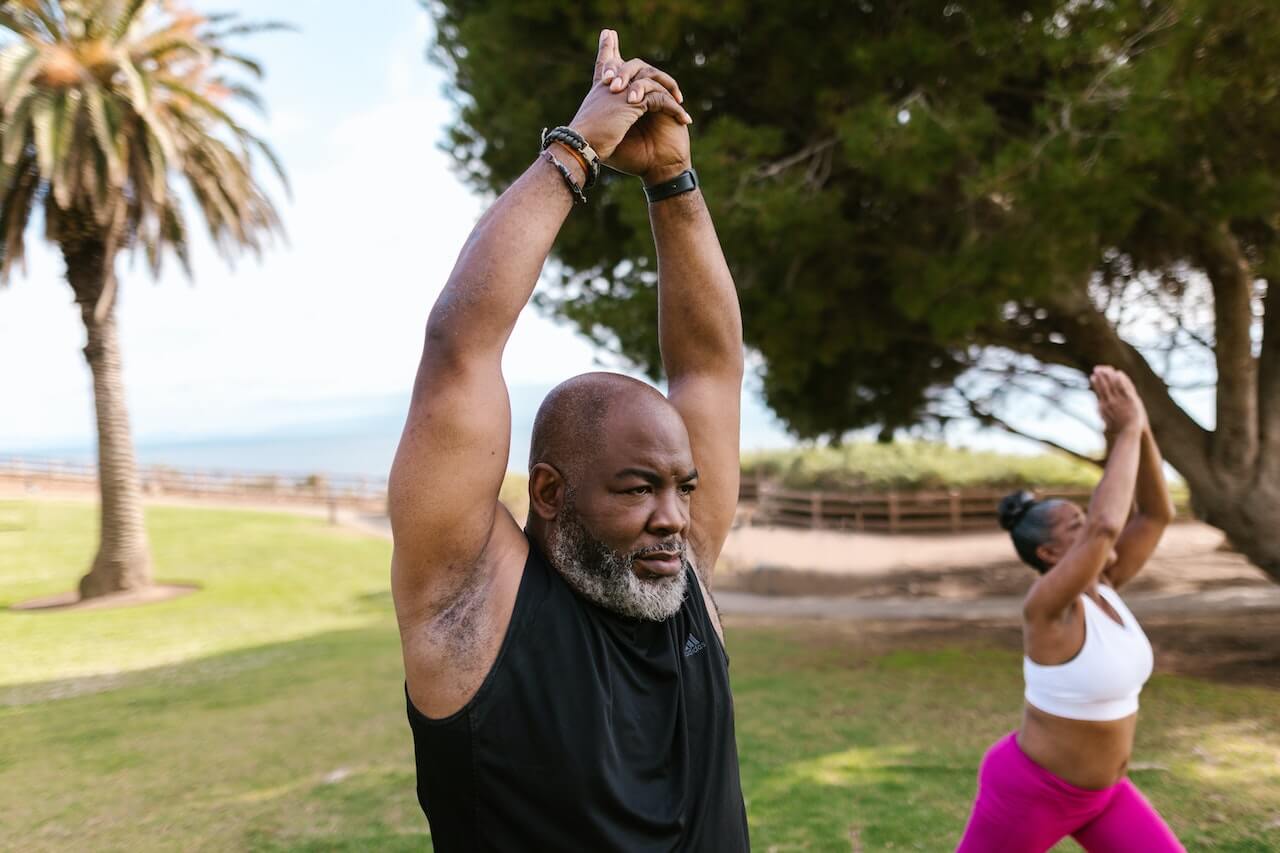
Lifestyle Hacks for Muscle Recovery
You can engage in other activities to aid muscle recovery besides supplements, active recovery, and diet. Other ideas for recovery include:
- Full body massages
- Cryotherapy
- Sufficient sleep
- Contrast bath therapy
- Compression garments
What To Avoid When Seeking Muscle Recovery
Alcohol
Drinking alcohol can be damaging to overall health over time and negatively affect exercise adaptations, including reduced muscle protein synthesis.14 This will negatively impact your ability to recover as well as your ability to gain strong muscle mass.
Tobacco
Smoking tobacco also has negative impacts on overall health and muscle recovery. Research has shown that tobacco use over time causes reduced bone mineral density, degeneration of muscles, tendons, and ligaments, and reduced cardiovascular endurance due to its effect on lung tissue.15 Regardless of having a healthy diet, smoking tobacco will counteract your efforts in the gym and cause negative health consequences overall.
Learn How to Improve Your Nutrition and Fitness with Signos’ Expert Advice.
If you have more questions on improving your health, fitness, and nutrition, seek the expert advice of the Signos continuous glucose monitor and Signos team. A continuous glucose monitor (CGM) can give you the insights to make smarter nutrition and exercise choices. The Signos app provides a unique, personalized program to help you lose weight and reach your health goals. Take this quiz to see if Signos is a good fit for you and reach your goals faster than ever before.
- Item 1
- Item 2
- item 3
Topics discussed in this article:
References
- https://journals.physiology.org/doi/full/10.1152/japplphysiol.00971.2016
- https://www.powerliftusa.com/filesimages/Sports%20Science%20Board/Articles/The%20Importance%20of%20Muscular%20Strength/The%20importance%20of%20muscular%20strength_Training%20considerations%20(002).pdf
- https://physoc.onlinelibrary.wiley.com/doi/full/10.1113/EP085647
- https://www.womenshealthmag.com/fitness/a36620732/how-long-does-it-take-to-see-workout-results/
- https://www.frontiersin.org/articles/10.3389/fphys.2017.01018/full
- https://paulogentil.com/pdf/TREINO%20DE%20FORC%CC%A7A/Hipertrofia/An%20examination%20of%20the%20time%20course%20of%20training-induced%20skeletal%20muscle%20hypertrophy.pdf
- https://www.laurajawad.com/post/should-i-be-sore-after-every-workout/#:~:text=Muscle%20soreness%20is%20related%20to,be%20sore%20after%20every%20workout.
- https://www.ncbi.nlm.nih.gov/pmc/articles/PMC3577439/
- https://www.acsm.org/docs/default-source/files-for-resource-library/protein-intake-for-optimal-muscle-maintenance.pdf
- https://www.ncbi.nlm.nih.gov/pmc/articles/PMC5596471/
- https://journals.lww.com/acsm-healthfitness/fulltext/2013/07000/exercise_and_fluid_replacement__brought_to_you_by.3.aspx
- https://www.ncbi.nlm.nih.gov/pmc/articles/PMC5469049/
- https://www.frontiersin.org/articles/10.3389/fphys.2018.00415/full
- https://www.ncbi.nlm.nih.gov/pmc/articles/PMC3922864/
- https://www.hindawi.com/journals/jeph/2018/4184190/

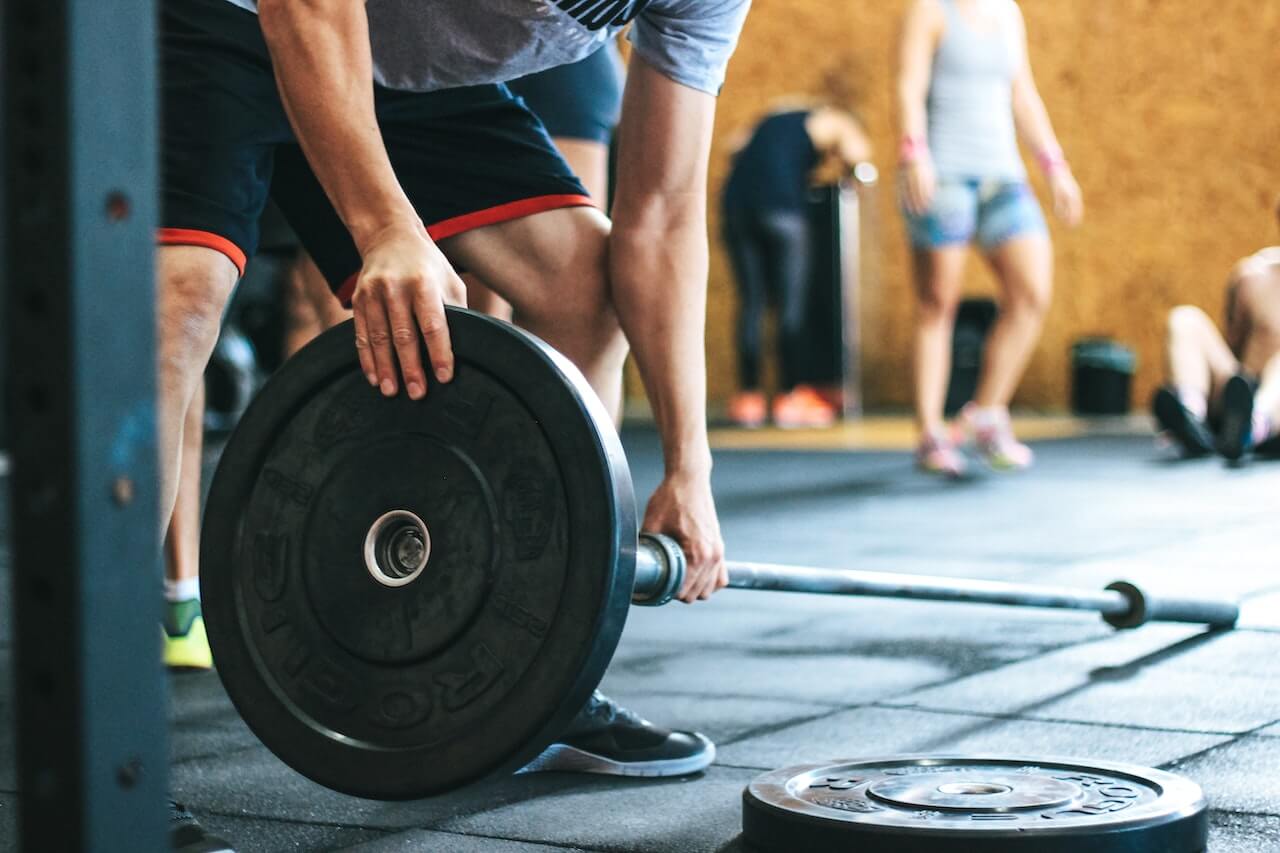


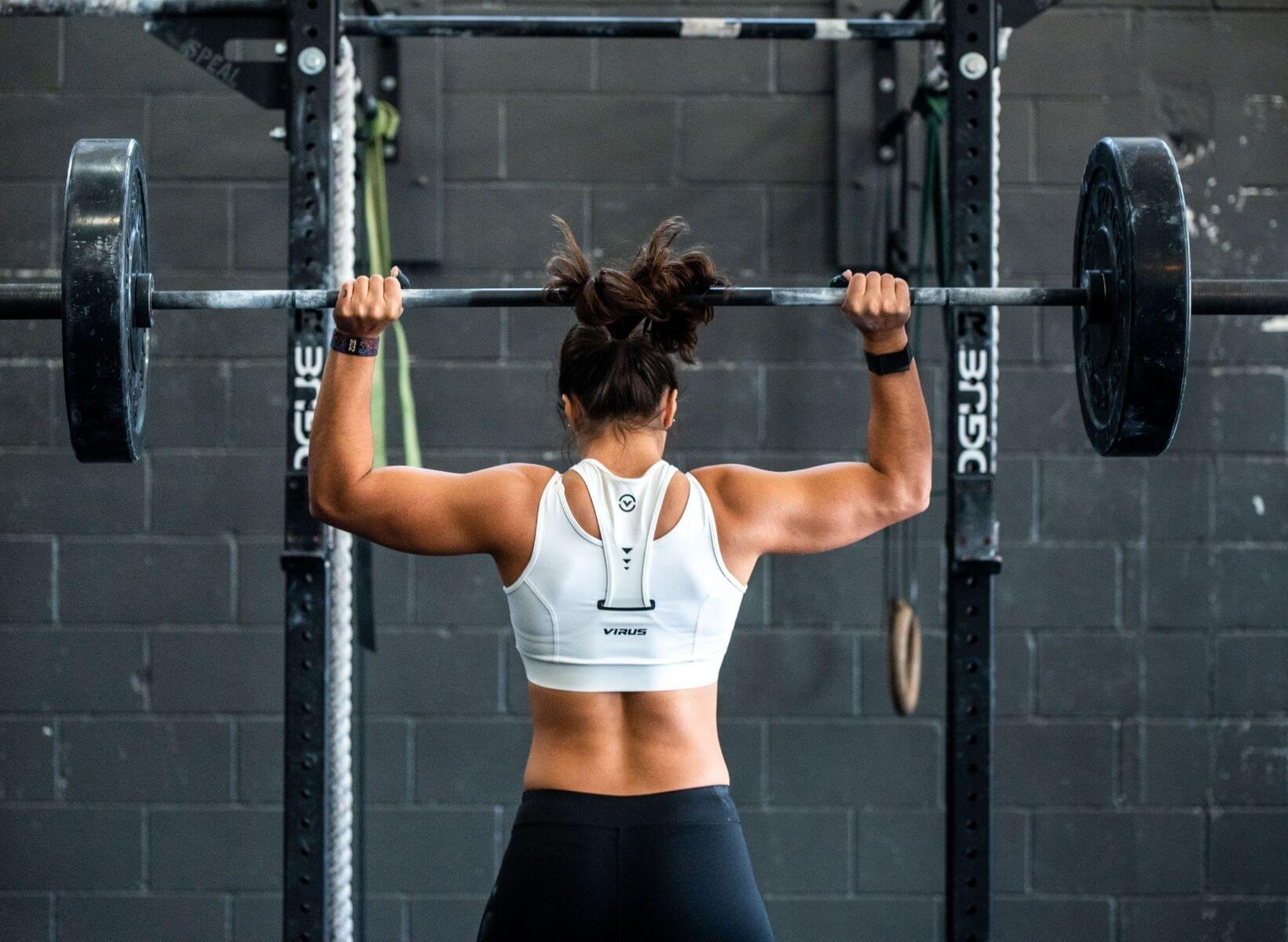
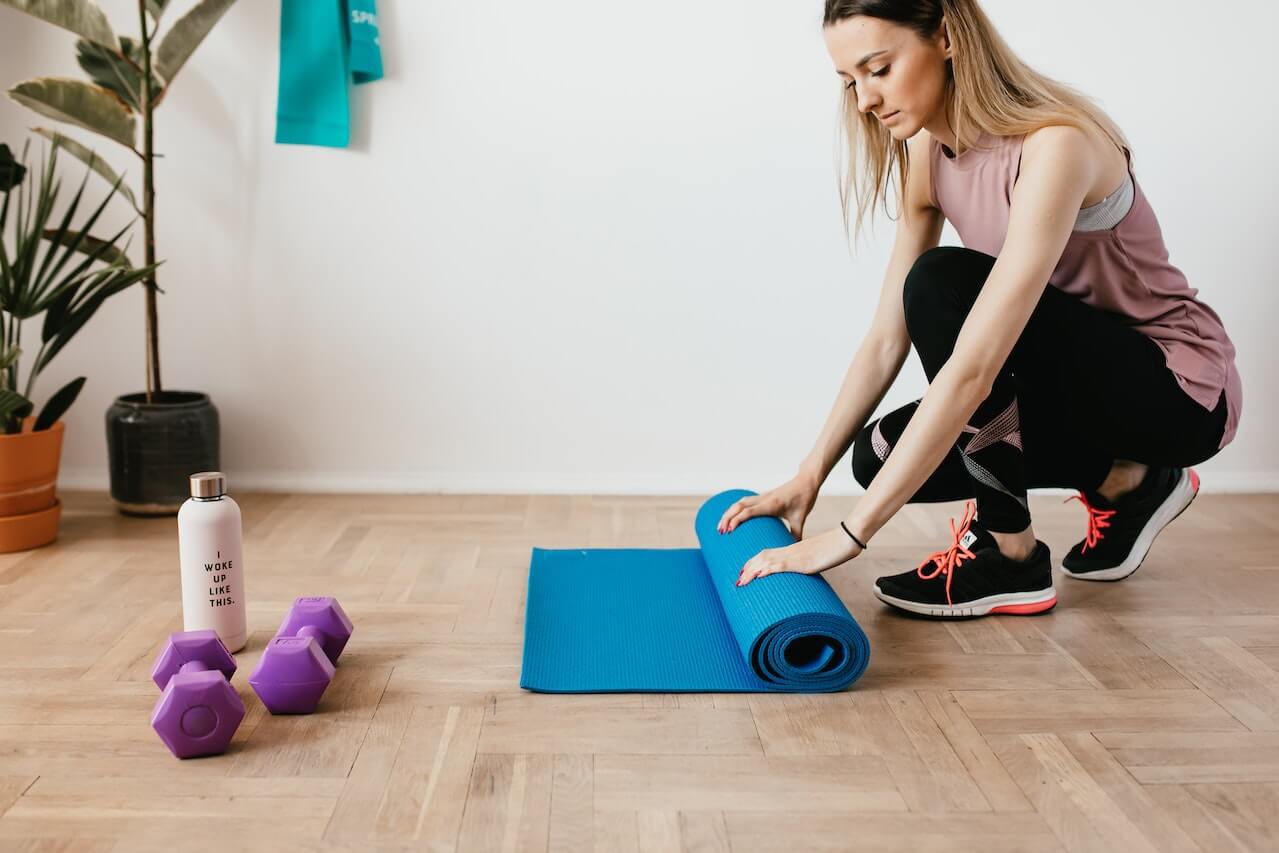


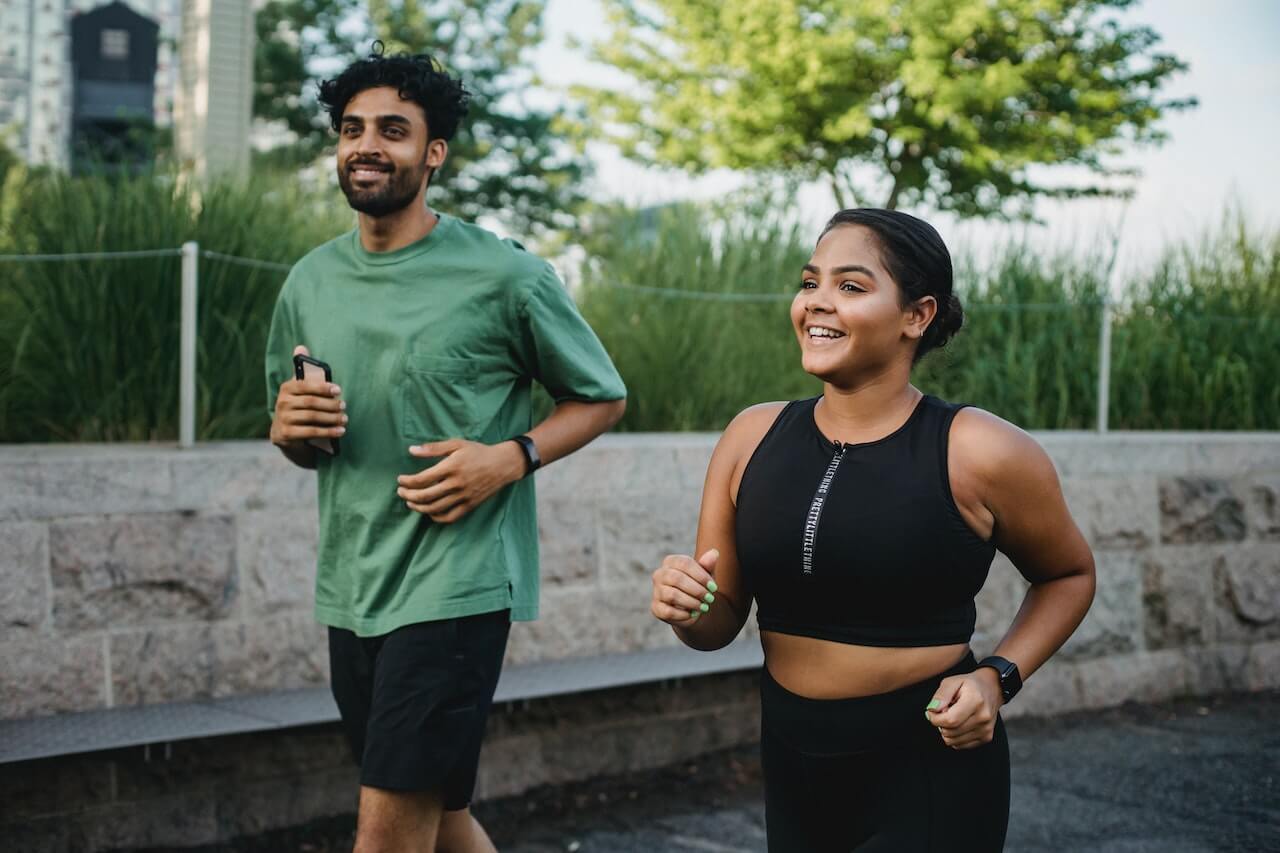

.jpg)
